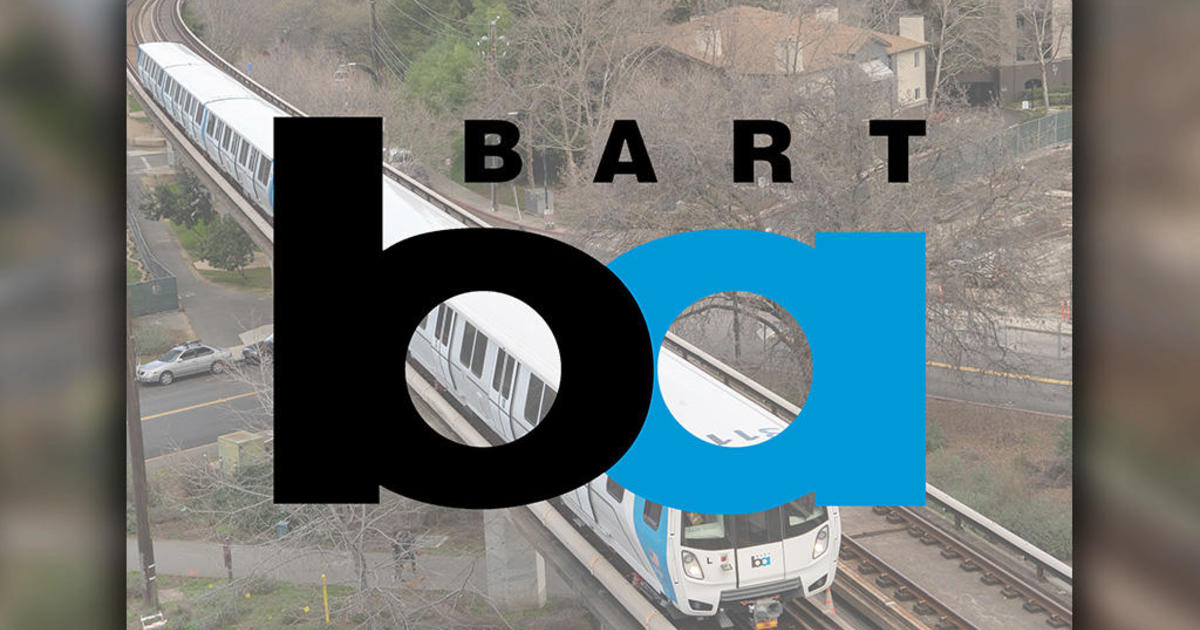Early earthquake detection system still cumbersome to install and use
SAN JOSE -- Tuesday's 5.1 magnitude earthquake centered in San Jose's east foothills provided a real-life test of the potential and limitations of the state's earthquake early detection and warning system.
"The point of the earthquake early warning is not to alert you to every little rumble that you may possibly feel. Only the ones that may knock stuff off the shelves or put you in harm's way," says Lori Nezhura, CAL OES Deputy Director.
Sign up for MyShake app and emergency text message alerts
Nezhura says more than 95,000 alerts were issued to people throughout the Bay Area. Under the current system, people will have to opt in to the alerts and download the "MyShake" app onto their phones.
"The system in place utilizes a downloadable app called "MyShake" You can download that to your phone -- it's free and get alerts that way," she said.
According to the state, thousands of new users downloaded the app in the aftermath of the moderate quake. State officials say the app is the best way to be forewarned in the event of a truly devastating earthquake.
The initial temblor earthquake was quickly followed by a 3.1 aftershock, rattling windows, shelves and nerves across the Bay Area.
According to the U.S. Geological Survey, the initial temblor struck at 11:42 a.m. with an epicenter near Mt. Hamilton along the Calaveras Fault system with a second jolt at 11:46 a.m.
It was the largest earthquake in the Bay Area since a magnitude 6.0 temblor jolted the Napa wine country in 2014, injuring more than 100 people, sending brick and concrete tumbling from historic buildings and triggering fires and power outages.
Fortunately, there was no such damage on Tuesday.
"One of the reasons why we felt the earthquake so strongly even though it was a 5.1 is that it was a shallow earthquake," Kimberly Blisniak of the San Jose State geology department said.
Dr. Annemarie Baltay from the USGS said the Calaveras Fault system is seismically active.
"Numerous moderate earthquakes have happened in the area including the 6.2 magnitude Morgan Hill earthquake in 1984," she said.




